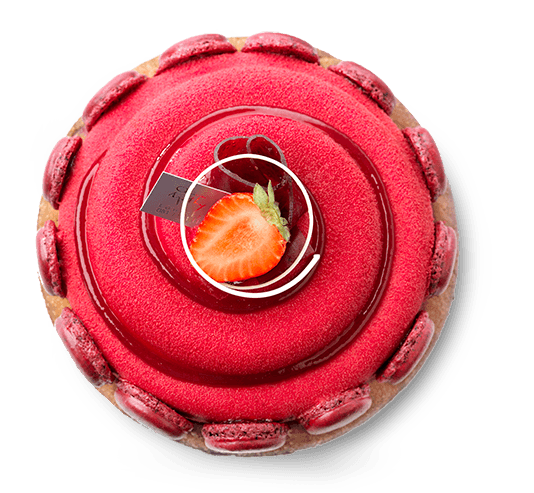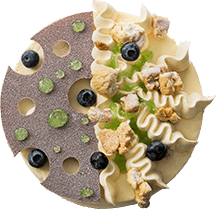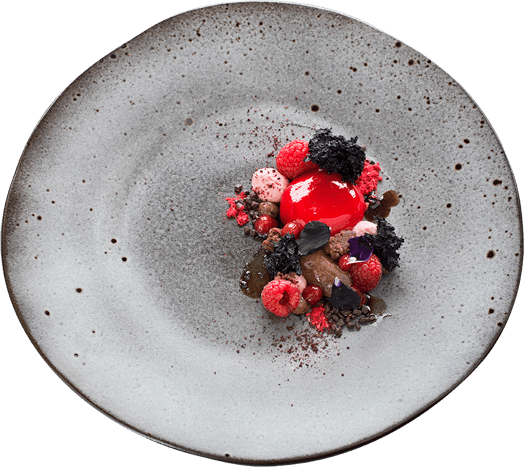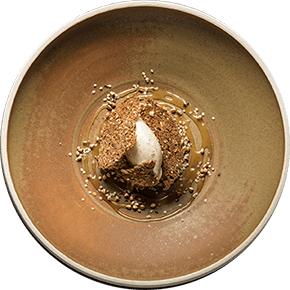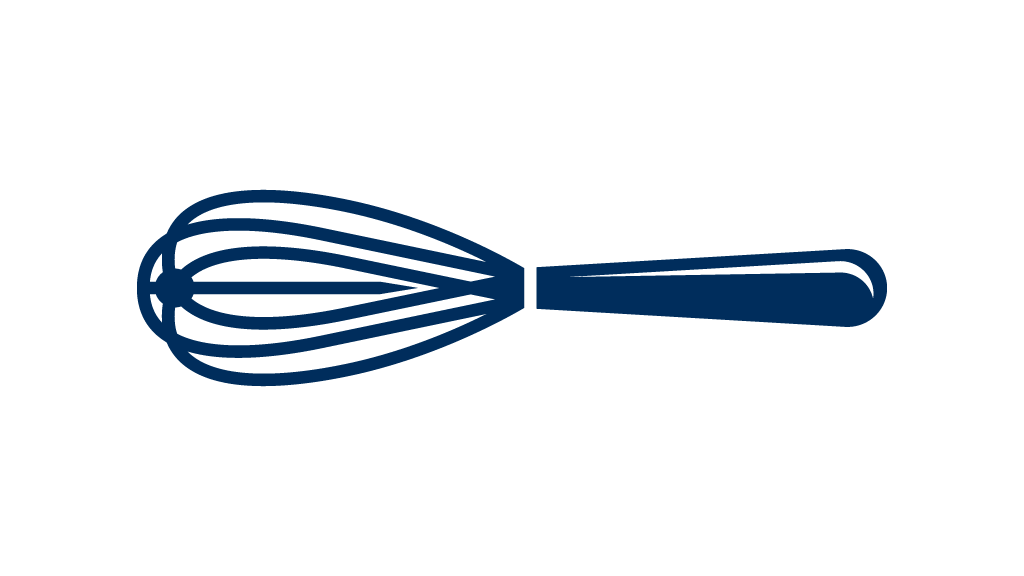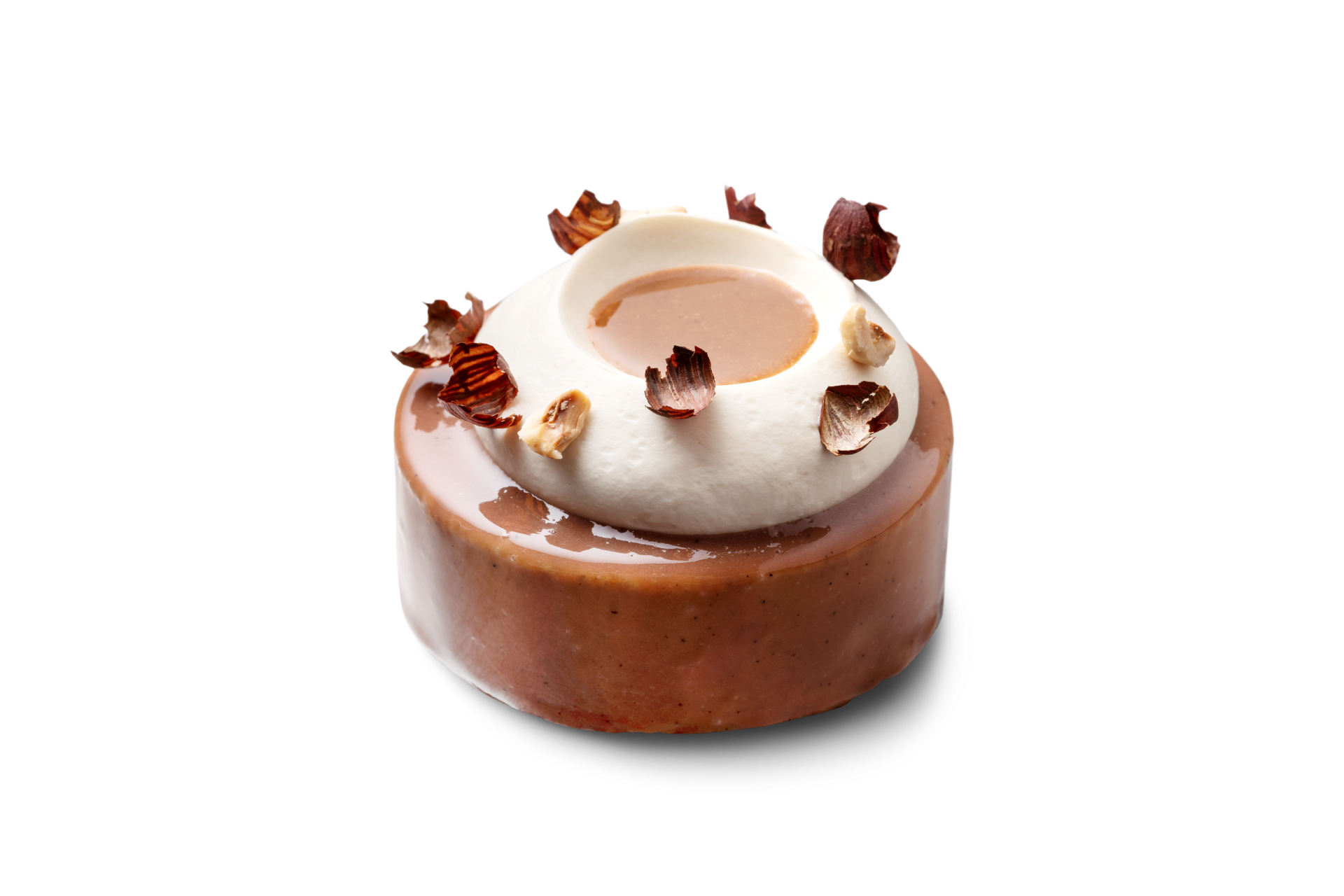Let’s go wild!
The seventeenth-century ‘Economie culinaire’ (Het spaarzame keukenboek / The frugal cookbook) by Cauderlier describes techniques that are especially well suited to cooking game. However, they are rarely used in contemporary cuisine. Time for a rediscovery of these centuries-old techniques!
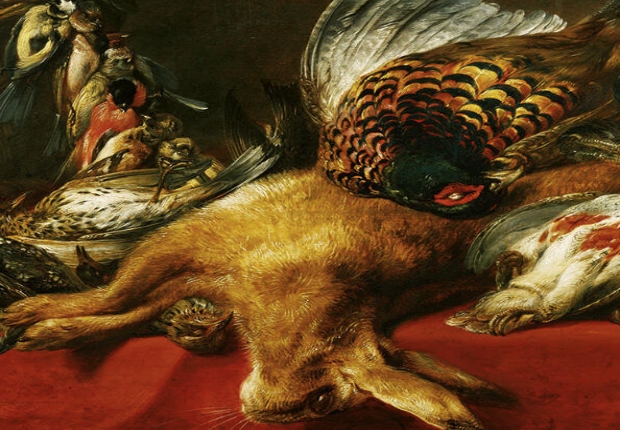
There is an abiding misconception that in the seventeenth century, game was heavily spiced in order to conceal the taste of putrefying meat. The typical aristocratic gamey taste was particularly beloved by the prosperous nobility. Spices were an expensive and luxurious ingredient at the time, and in combination with game were a privilege. The strong flavour of game was due mainly to the need to conserve the meat. By allowing meat to 'hang' over a long period, it acquires a high amino acid content. The acidic content cures the meat naturally, thereby extending its shelf-life. In the past people loved that taste, but these days it is no longer in favour.
Game from the wilderness
Because animals in the wild get more physical exercise than those in captivity, game is generally tougher and less fatty in structure. Techniques such as barding and marinating in order to keep meat juicy and prevent it drying out during preparation have been displaced by the wide range of farm-raised game available. But ‘real’ game is gaining ground! The delicate flavour of animals from the wild can never be equalled by the meat of the same animals when farmed. This is why we are calling for the return of traditional techniques.
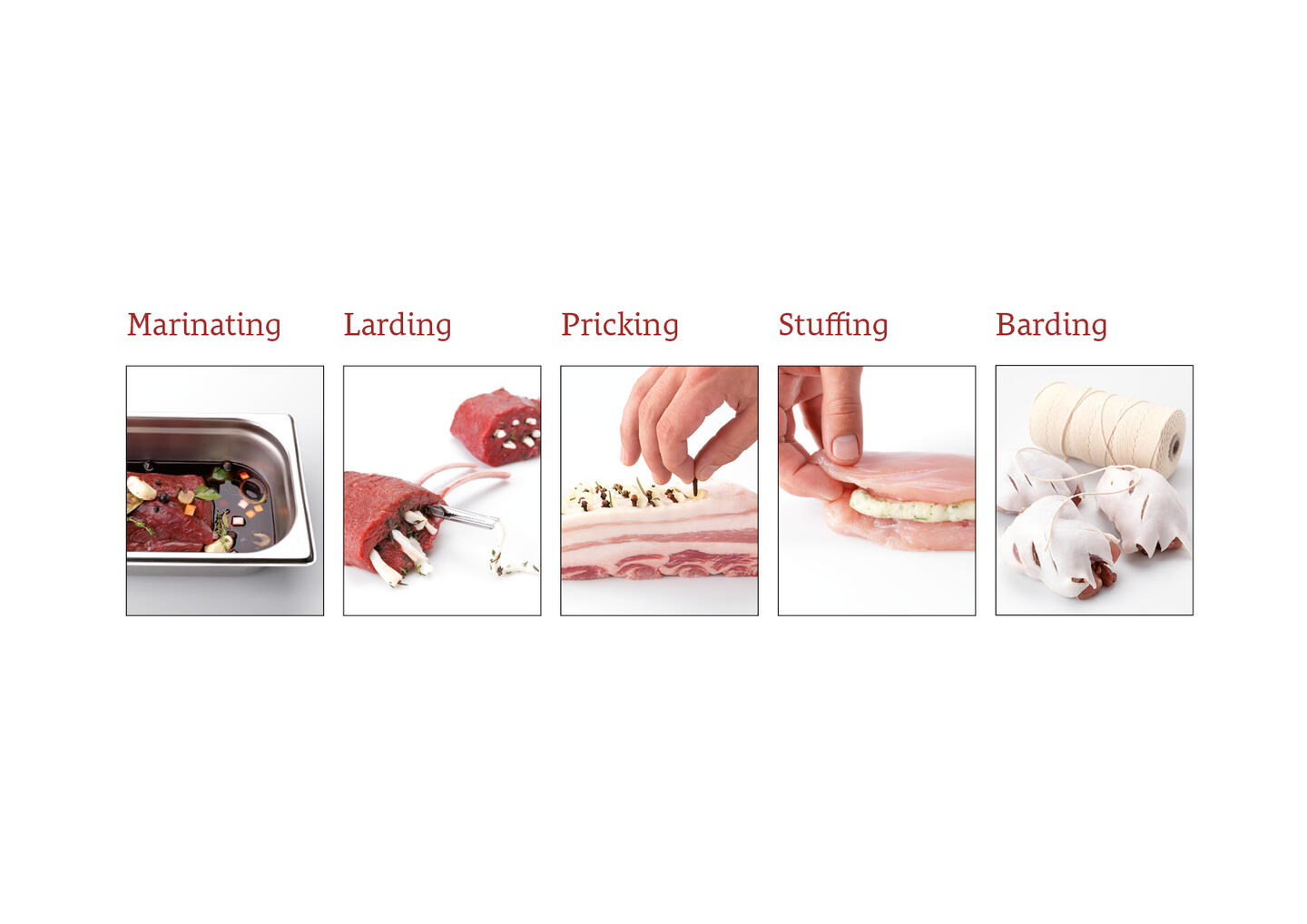
Marinating
A marinade is a combination of tasty ingredients in which a product is steeped for a longer period. Tougher pieces of meat are often marinated in order to make them juicier and more flavourful. By adding a tart ingredient, the taste of the marinade permeates the entire piece of meat.
Larding means inserting bits of lard into meat, game and poultry. Using a larding needle, the ingredient is spiked with bits of lard to prevent it drying out and keep the meat tender. Pork fat is used in most dishes, but the possibilities are endless. You can add a modern touch, for example, by larding with sun-dried tomatoes, blood pudding, smoked eel, chorizo or anchovies. We larded a roe deer using Debic Roast & Fry and pork fat infused with red cabbage, kohlrabi, chestnut tuiles and polenta.
Pricking
To prick meat, notches are made on the surface of the meat, and thin strips of pork fat are inserted in them using a pricking needle. The pork fat can be replaced by aromatic ingredients such as herbs, spices and garlic.
Stuffing involves filling an ingredient with forcemeat: a mixture of meat, fish, game, poultry or vegetables. The purpose of stuffing is to add flavour to the dish. For example, using Debic Roast & Fry, we made a stuffing for wild duck out of goose liver, fragrant rice, pickled plums and chanterelles.
Barding
Barding is very similar to larding: it involves covering meat, fish, game and poultry with pork fat in order to prevent the meat from drying out and to avoid direct contact with the heat source. Herbs or vegetables can also be used for barding, such as aromatic shiso leaves in combination with fish or pigeon cooked in artichokes. Let’s go wild! And let us never forget these lovely old cooking techniques!
